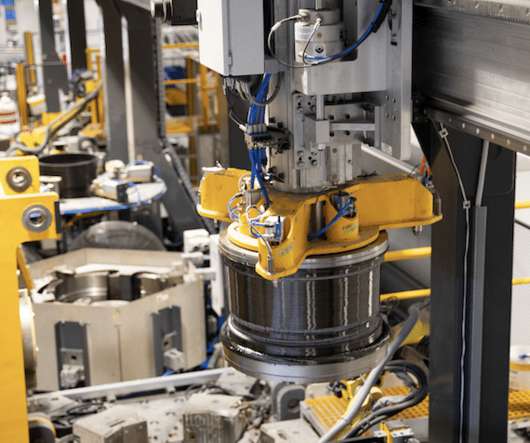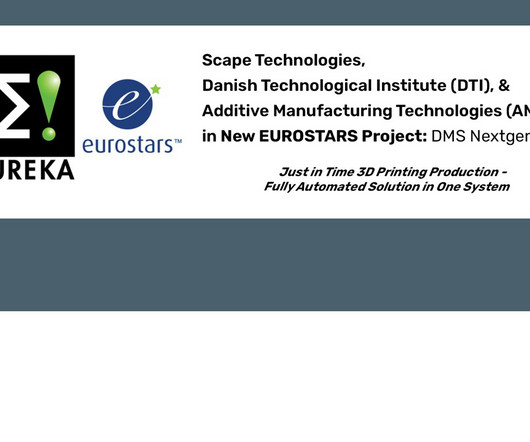How Additive Manufacturing Can Help Fix the Supply Chain
Fastener News Desk
NOVEMBER 19, 2023
Rather than maintaining large stockpiles to avoid the chance of being caught without a critical part, companies can keep a digital inventory. Industry 4.0 Additively manufactured metals also have the potential to replace many machined equivalents, meaning that shortages of common materials are less of an issue.












Let's personalize your content